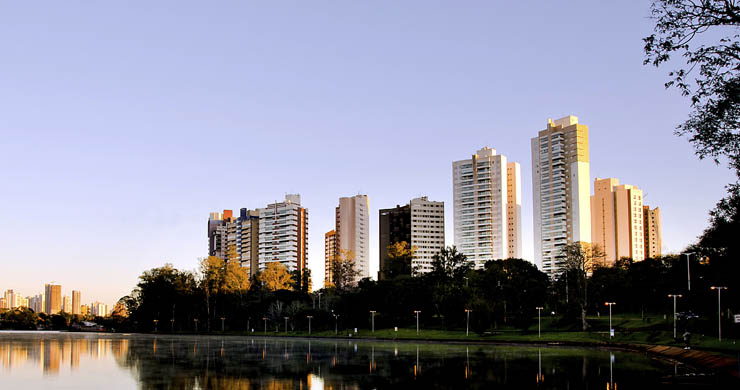Road to Rio Part 1
On the Road to Rio
Next year in 2014 the football World Cup will be hosted by Brazil. Two years later, Rio de Janeiro in south-eastern Brazil will host the next Olympic games. In this issue and in issue 22 of Geography in the News we will look at Brazil and these events in more detail.

Let’s look at Brazil as a whole...
In this issue we will look at Brazil and the way in which this South American country has gone from a poor ‘LEDC' country to a global economic powerhouse in a little over a decade. The two linked articles will compare two different cities in Brazil. We will study Rio de Janeiro (often just called ‘Rio’) which in many ways has been the most studied LEDC city in Welsh schools over the past 25 years. This is the case because it best showed the issues faced by cities in the developing world.
-
We will contrast Rio with another FIFA World Cup host city, Curitiba, which has followed a completely different model of development and in many ways is regarded as one of the most sustainable cities in the world, if not the most sustainable. It is certainly the most sustainable city in the developing world.

Rio de Janeiro
Studying Brazil in schools...
Until recently in schools in Wales we talked about the rich world countries (MEDCs) and poor world countries (LEDCs). Probably the most studied LEDC was Brazil. It frequently features in textbooks and many educational television programmes were produced about it, especially by the BBC. However over the past five years or so nearly every school has stopped studying Brazil as an example of an LEDC because its rate of development has been so fast that it no longer fits into this category.
In recent years we have come to talk about newly-industrialising countries or ‘N.I.C.s’. Brazil is a good example of an N.I.C., along with India and China, Brazil has rapidly developed and become a major global economic power.
Brain box...
Economic development and building B.R.I.C.s
Brazil, Russia, India and China (who together are called the ‘B.R.I.C. countries’) are now major economic powers and are changing the way the world works. They are even affecting us here in Wales!
Economic means to do with money, which usually comes from the work that people do and the industries in their countries. Most countries start off poor and slowly change to become richer by changing the types of work that the people who live there do. Sometimes this process is called economic development.

Richer countries are sometimes called MEDCs which stands for More Economically Developed Countries. Wales is a good example of an MEDC - we live in one of the world’s wealthiest countries and we have high standards of living when compared to most of the world’s population. The USA is sometimes thought of as the best example of an MEDC.
The poorest countries are sometimes called LEDCs which stands for Less Economically Developed Countries (though the United Nations sometimes uses LLEDC Least Less Economically Developed Countries for the very poorest, most of which are in Sub-Saharan Africa).
On the Road to Rio - Development in Brazil
We can look at recent levels of development in Brazil as being fuelled by three different areas:
-
Farming
-
Mineral extraction
-
Manufacturing
Usually LEDC countries produce and export primary products (anything that we get directly from the planet such as minerals, timber or food). Brazil has a lot of primary resources and two of the main development areas there have been farming and food production, and a massive increase in the production of minerals.
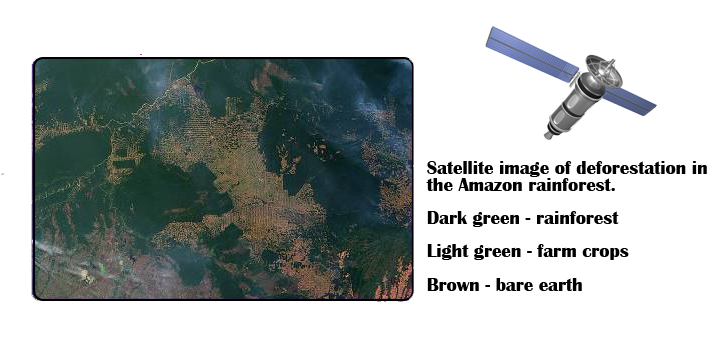
The other area of development has been in secondary products (making or manufacturing things) and the south-east of Brazil has seen a huge increase in manufacturing around the cities of Rio de Janeiro and Sao Paulo.
Development in Brazil - Farming
Despite large areas of north-east Brazil suffering from annual droughts and most of northern Brazil being covered with the Amazon Rainforest, much of the giant South American country is perfect for agriculture.
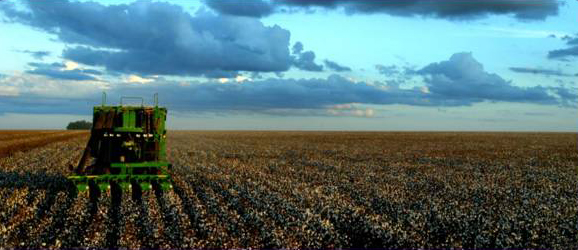
Large parts of southern Brazil have the perfect climate and fertile soil required for arable farming; growing high value cash crops such as coffee and sugar (much which is converted to bioethanol for fuel). These areas are also capable of producing large amounts of staple food crops. Central Brazil has large areas of natural grassland and these have become the centres for pastoral farming (especially vast cattle ranches).
Development in Brazil - Mineral extraction
Brazil has huge amounts of minerals which have been used for export and to fuel the growth of domestic manufacturing. Much of Brazil’s new wealth has come from steel production and associated manufacturing of things like cars and even ships. The world’s biggest and purest (for a large deposit) deposit of iron ore is found at Carajas in the Amazon rainforest.
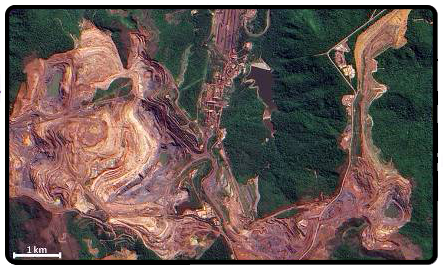 The largest iron ore mine in the world located in the state of Pará in the Carajás Mountains of North Brazil. The mine contains billions of tonnes of iron ore as well as gold, nickel, copper and manganese.
The largest iron ore mine in the world located in the state of Pará in the Carajás Mountains of North Brazil. The mine contains billions of tonnes of iron ore as well as gold, nickel, copper and manganese.
Abundant fuel for smelting the ore comes from charcoal which is made from the Amazonian trees. In the Amazon region, Brazil has large deposits of many minerals ranging from Bauxite ore, which provides the aluminium used in Embraer S.A. aircraft, to precious gemstones and gold.
Until 2007 just about the only minerals that Brazil did not have in abundance were fossil fuels. This changed with the discovery of huge oil deposits, deep under the sea and deep beneath the sea bed. It took a lot of engineering but now this oil is flowing and starting to really boost the economy.
Development in Brazil - Manufacturing
The south eastern corner of Brazil, centred on the cities of Rio de Janeiro and Sao Paulo, is the main manufacturing region. The entire transport system of Brazil is like a funnel bringing resources to the area to be used in factories.
There are multinational car companies in the region, including major global brands like Toyota (who coincidentally will be building engines in north Wales as of 2013). Huge steelworks use the iron that comes from Amazonia and there are associated industries such as ship building, heavy engineering and even an increasing aircraft industry lead by aerospace giant Embraer S.A.
This type of manufacturing-heavy region in a country is sometimes called the core region or economic core; the other areas of a country which are not so economically developed are usually termed the periphery or peripheral regions.
Brain box...
Bioethanol – a spoonful of sugar...
Bioethanol is alcohol, fermented from sugar (just like wine or beer) and then then distilled like vodka and whisky to create a powerful fuel. Bioethanol can be used instead of petrol and until the discovery of huge amounts of oil off the coast of Brazil in 2007 bioethanol from sugar powered more than half of the cars in Brazil!
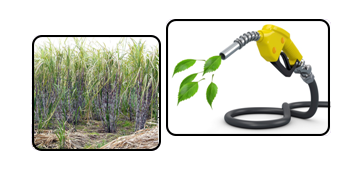
Bioethanol is classed as a carbon-neutral fuel which means that as it grows, it removes the same amount of CO2 from the air that it will put back when the fuel is used. Sadly, after the discovery of oil in 2007, an overenthusiastic government decided to reduce the price of petrol to boost rates of development. This meant that Brazilians turned away from producing bioethanol and turned to fossil fuels. However this trend has reversed again after the USA scrapped any taxes or import tariffs on bioethanol in 2012.
Brazil is once again powering up to be the biggest bioethanol producer and exporter in the world.
On the Road to Rio - Changing times
Brazil really started to change after the 2002 election of President Luiz Inácio Lula da Silva, usually known simply as ‘Lula’. Unlike most politicians, Lula was a former steelworker who became a trade unionist and campaigned for better conditions for Brazilian workers earning average or below average wages.
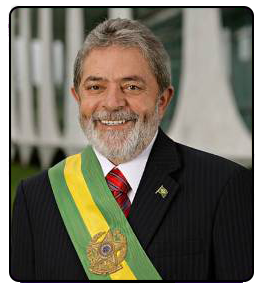
President Lula stepped down as president in 2011 and though far from perfect, his presidency and government really focused on improving life for normal Brazilians. Much of the transformation in Brazil is as a result of his policies and the way in which he tried to change the focus from previous governments that were corrupt and power hungry.
Under Lula not only has Brazil developed rapidly, but it has provided a model and a stimulus that is enabling most of South America to speed up its development.
The next big development push in Brazil will come as a result of both the 2014 FIFA World Cup football tournament and Rio 2016 Olympic Games. We will examine these further in issue 22 along with the impacts that development has had on the environment in Brazil.
Pupil Activity
Virtual Fieldtrip:
-
Work in a small group of 2 or 3
-
‘ Visit’ places named in this article virtually using a G.I.S. (Geographical Information System) such Google Earth or Google Maps
-
Look for images on the G.I.S. that show what is happening in different parts of Brazil -
-
the rainforest
-
drought areas
-
giant mines
-
deforestation
-
ship building
-
car factories, etc
-
Print out some of these images or, even better, paste them into PowerPoint so that you demonstrate your findings to your teacher.
